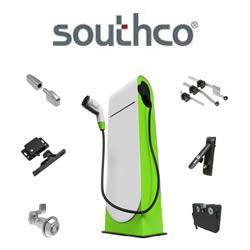How Much Energy Storage Do You Need to Back Up the London Array?
Storing electricity underwater in the form of compressed air is a tantalizing notion that could, if it works, help solve the intermittency problem of wind, solar, and other renewable sources. That “if” is a big one, though, because there are many details engineers have yet to nail down for underwater compressed-air energy storage (UW-CAES). One company that’s been trying to nail down those details is the Canadian start-up Hydrostor. I recently wrote about its plans to deploy the world’s first commercial UW-CAES system in Lake Ontario.
The Hydrostor system will use electricity from the Toronto Hydro power grid to run a compressor; the compressed air will then be stored in flexible energy bags submerged at a depth of about 80 meters. Later, the air will be run through a turbine when the energy is needed.
For all that effort, the system will be able to supply just a megawatt of electricity for up to three hours. Eventually, the company is aiming for a capacity of 20 to 30 megawatts that can be discharged over 10 to 20 hours. But a big wind or solar farm would require a lot more storage than that.. cont'd.
Comments (0)
This post does not have any comments. Be the first to leave a comment below.
Featured Product

